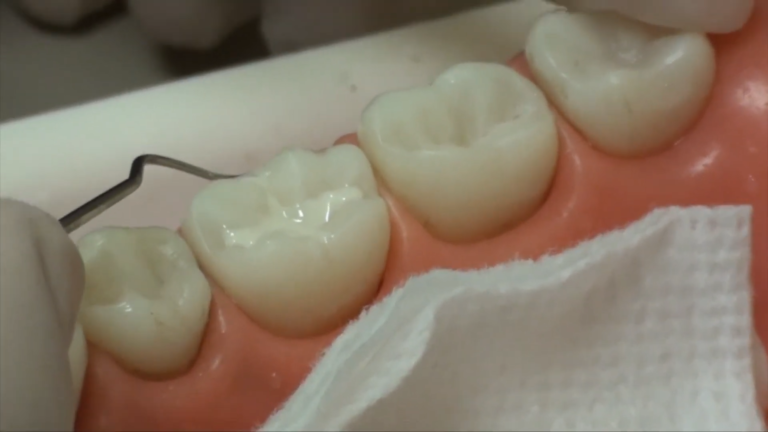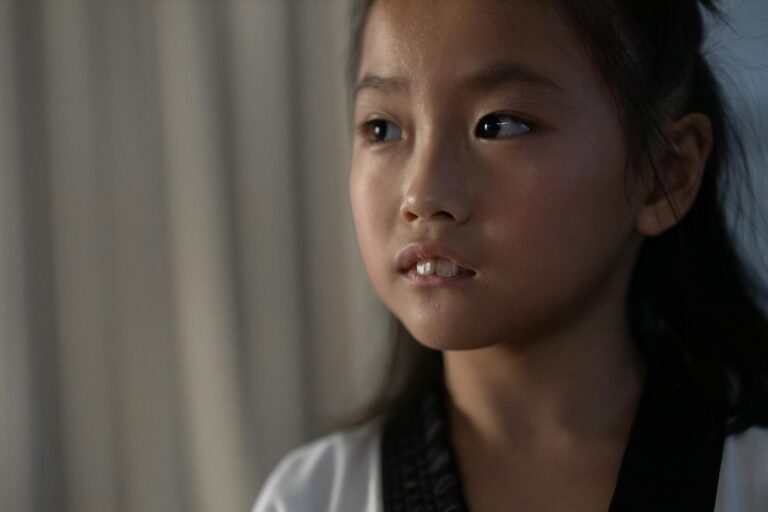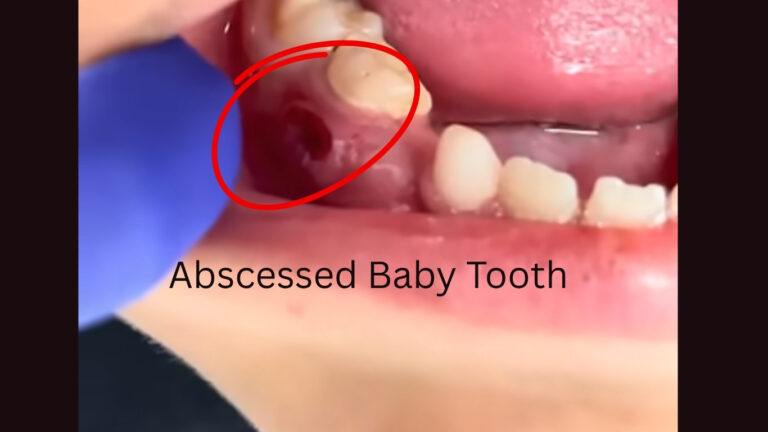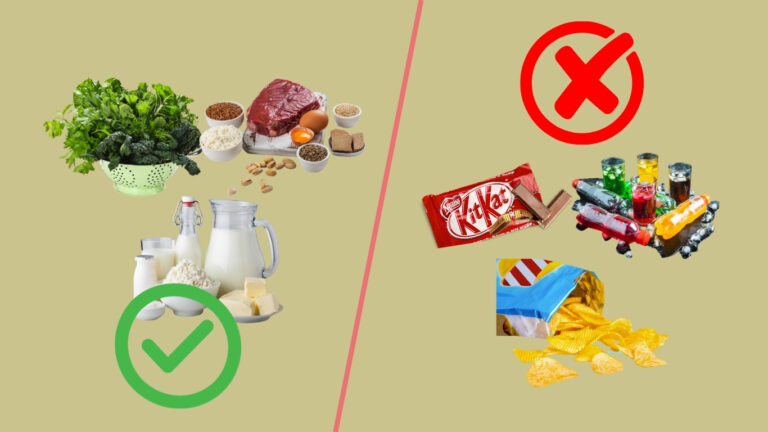Are Dental X-Rays Safe for Young Children?
As a parent, it’s natural to feel cautious about anything involving your child’s health—especially when it comes to medical procedures that use radiation. One of the most common questions parents ask during dental visits is, “Are dental X-rays really safe for young children?”
The short answer is yes—modern dental X-rays are extremely safe when performed with proper precautions, and they play an essential role in monitoring your child’s oral development. In fact, the benefits of early and accurate diagnosis far outweigh the minimal risk involved. Let’s take a closer look at how dental X-rays work, why they’re important, and how today’s technology ensures your child’s safety every step of the way.
Why Do Children Need Dental X-Rays?
Children’s mouths grow and change rapidly. While a dentist can see much during a visual exam, there are areas—like between teeth, under the gumline, or inside the bone—that simply can’t be evaluated without X-rays.
Dental X-rays help your pediatric dentist:
– Detect cavities in early stages, especially between teeth
– Monitor tooth eruption and development patterns
– Assess spacing and identify potential orthodontic concerns
– Check for missing, extra, or impacted teeth
– Evaluate injuries to teeth or the jaw
– Detect bone infections or cysts
– Plan treatments like extractions, space maintainers, or orthodontic appliances
Many of these issues don’t cause visible symptoms at first but can progress quickly without proper treatment. X-rays provide a clear view of what’s happening beneath the surface—helping your child avoid unnecessary pain, more invasive procedures, or long-term complications.
Are dental X-rays safe for children?
Yes, dental X-rays are considered very safe for children—especially with the advancements in modern digital radiography. Today’s digital X-ray machines use extremely low doses of radiation, significantly lower than traditional film-based systems and far below the levels associated with any measurable health risk.
To give you some perspective, the amount of radiation from a typical dental X-ray is comparable to the natural background radiation a child is exposed to from the environment in a single day. It’s also less than what they’d receive on a short airplane flight.
Pediatric Dental Offices Follow Strict Safety Guidelines, including:
– Using the lowest radiation dose possible (“as low as reasonably achievable,” or ALARA principle)
– Shielding the child’s body with a lead apron and thyroid collar
– Limiting the number of X-rays taken based on individual needs and risk factors
– Using high-speed digital sensors that reduce exposure time
– Taking X-rays only when necessary, not as a routine for every visit
How Often Are X-Rays Needed?
The frequency of dental X-rays depends on your child’s age, dental history, risk of cavities, and stage of tooth development. Children who are prone to tooth decay or have spacing/crowding issues may need X-rays more often—about once a year. For others, X-rays might only be needed every 12 to 24 months.
Your pediatric dentist will evaluate your child’s individual needs and only recommend X-rays when they are clinically justified. They won’t expose your child to unnecessary imaging.
How To Prepare Your Child for Dental X-Rays
Most young children tolerate dental X-rays well, especially if the experience is explained in a calm and age-appropriate way. Here are a few tips to make the process easier:
– Let your child know that the dentist is taking “pictures of their teeth” to check how strong and healthy they are.
– Reassure them that the process is quick, safe, and doesn’t hurt.
– Encourage them to stay still during the image to get the clearest result possible.
– Trust your pediatric dental team—they know how to keep kids calm and comfortable.
Final Thoughts
Dental X-rays are a valuable diagnostic tool that help protect your child’s oral health—not just today, but for years to come. When performed by a pediatric dental team using modern equipment and proper safety protocols, they are incredibly safe and effective.
If you have concerns, don’t hesitate to ask your child’s dentist to explain the reason for the X-ray and how they ensure your child’s safety. Your comfort and your child’s health are always their top priorities.






